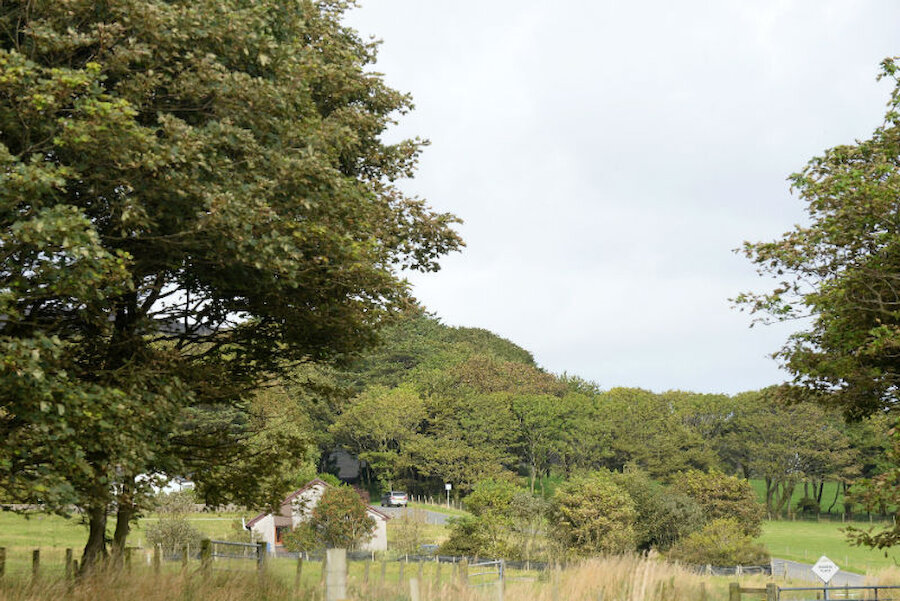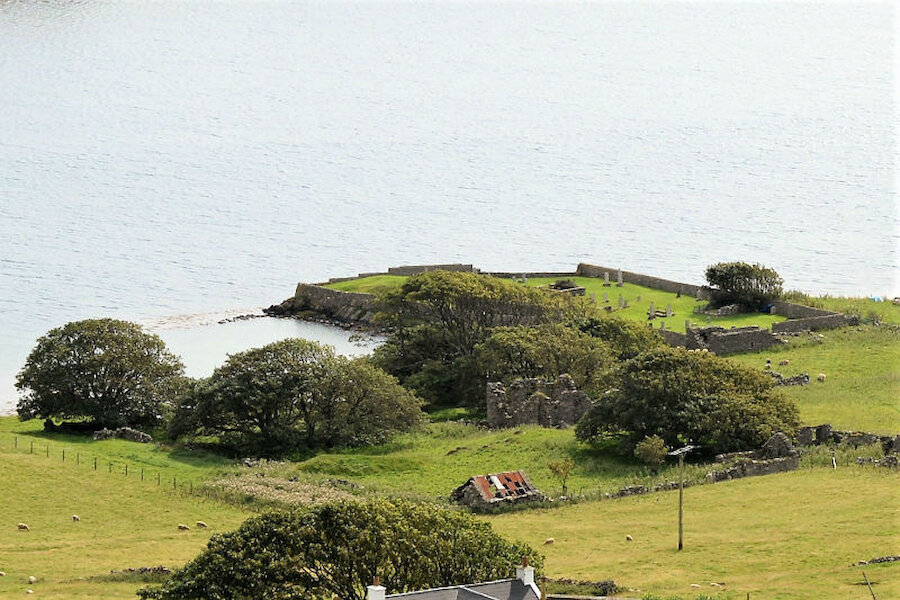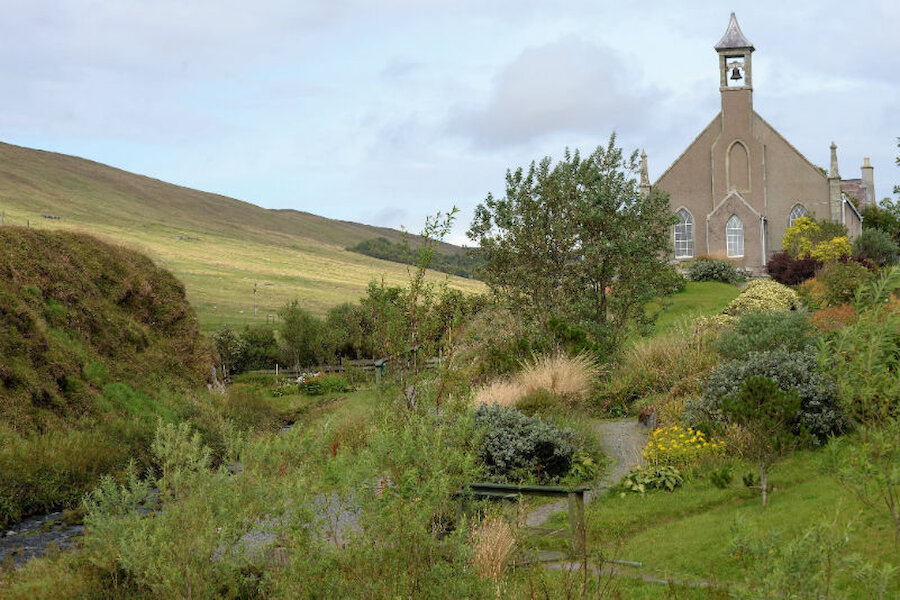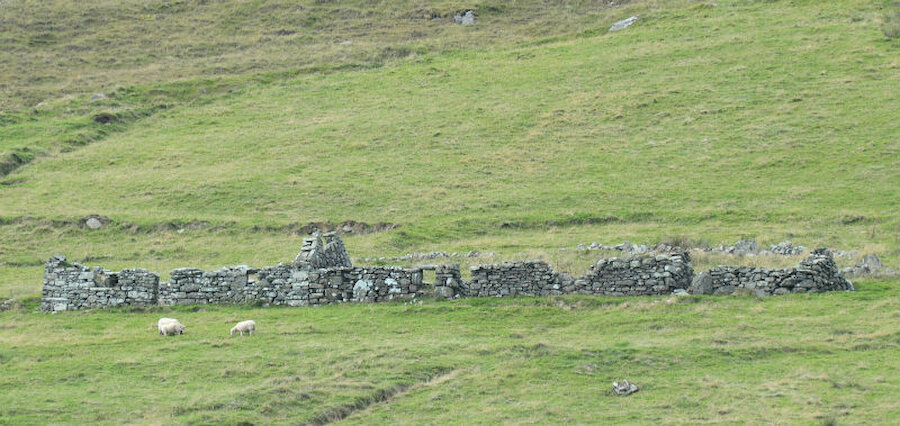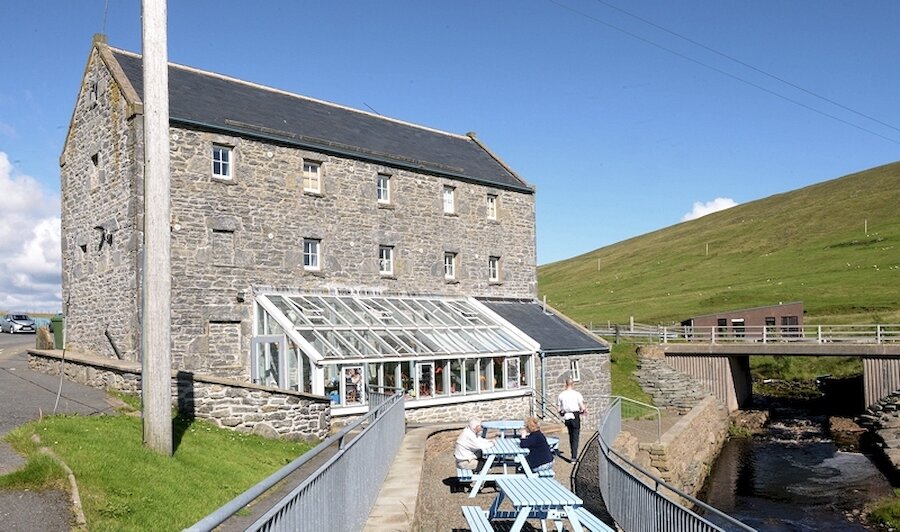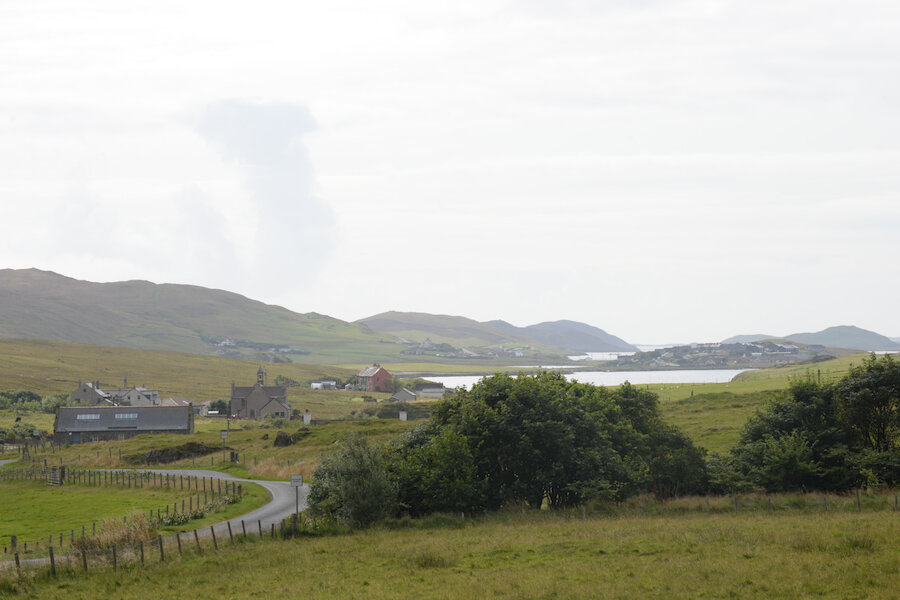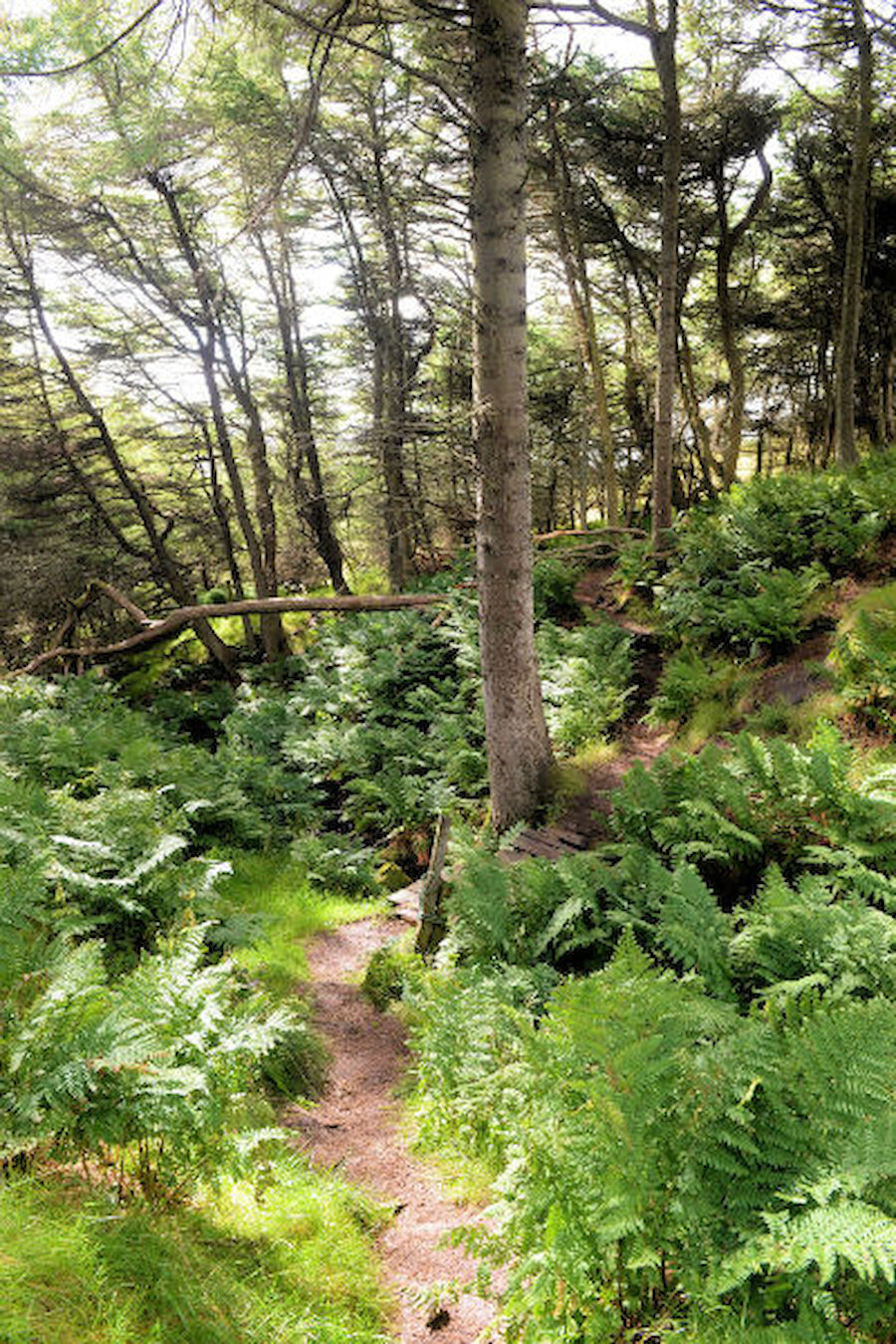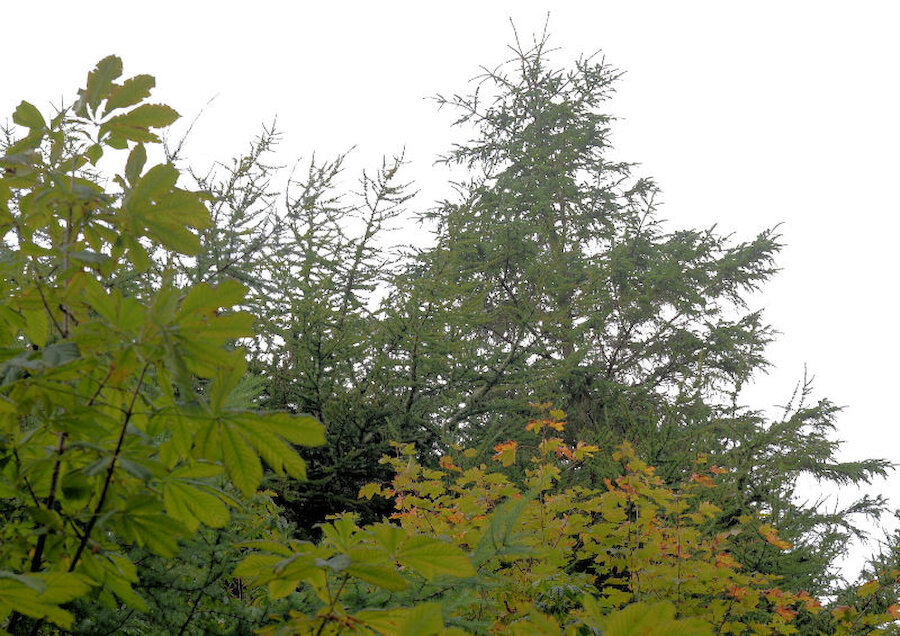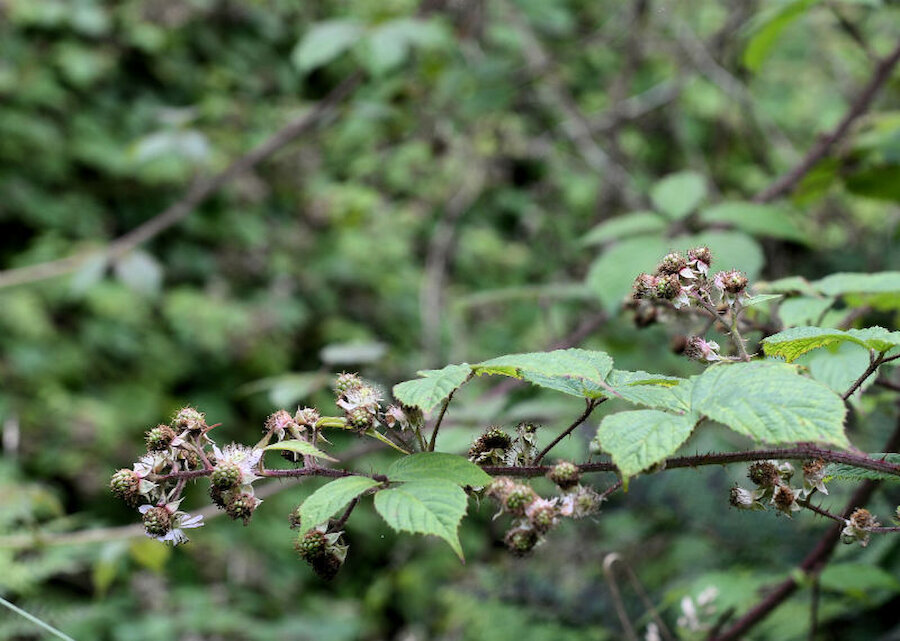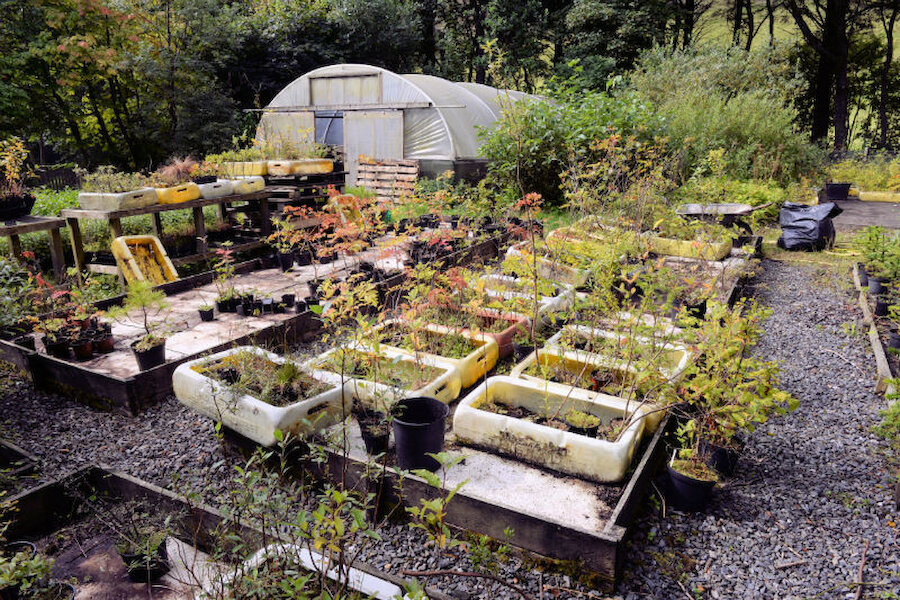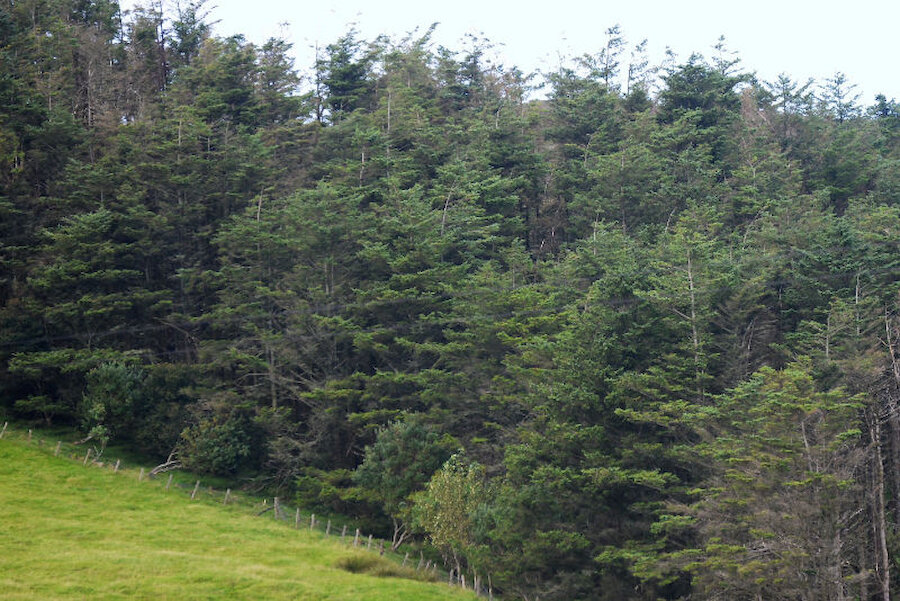Locals and visitors never tire of exploring Shetland’s 1,679 miles of coastline. Now and again, though, it makes a change to turn our attention inland, though that’s a relative term, as nowhere in Shetland is more than three miles from the sea.
One of my favourite walks is in Weisdale. It’s possible simply to walk up the road and explore the landscape to either side, or, with more time, a ridge walk to the west or east can be added. Either way, this is one of the most appealing parts of inland Shetland.

